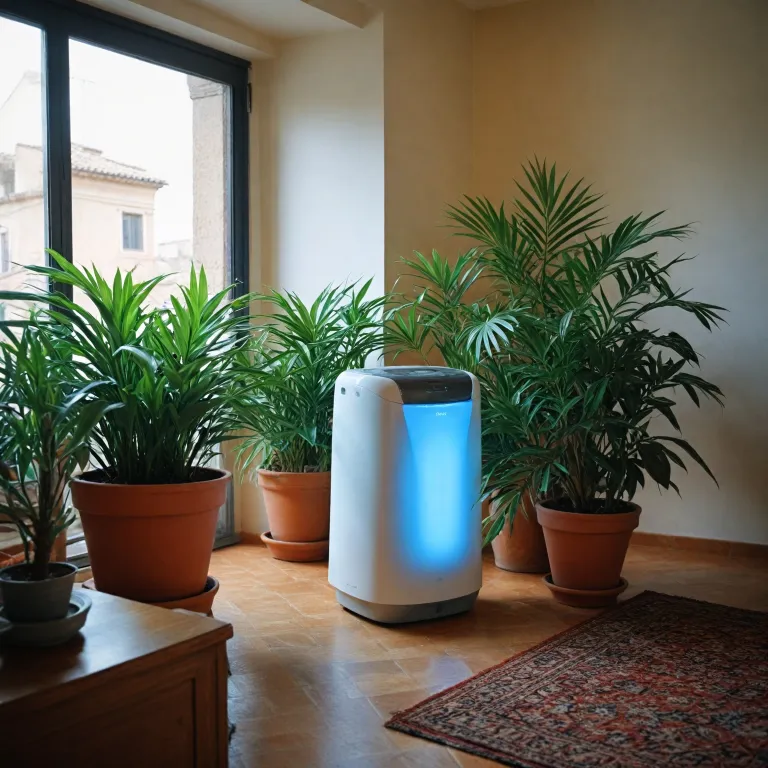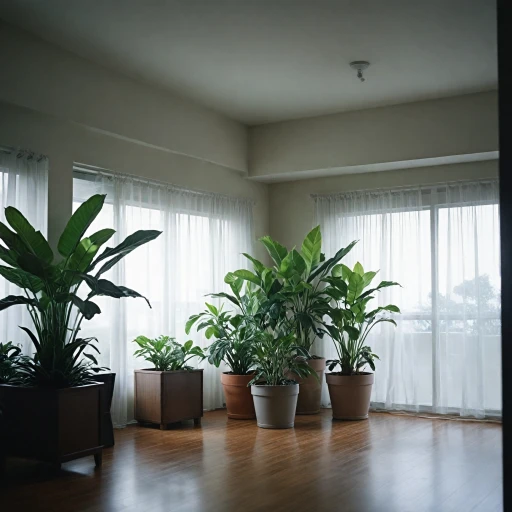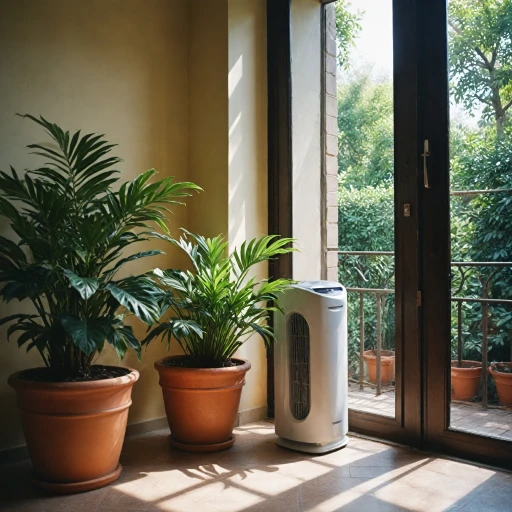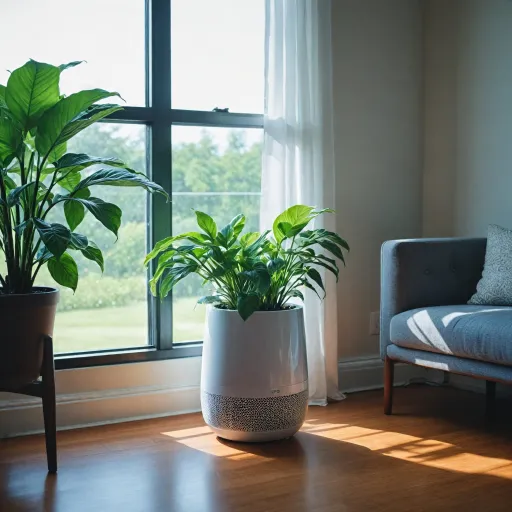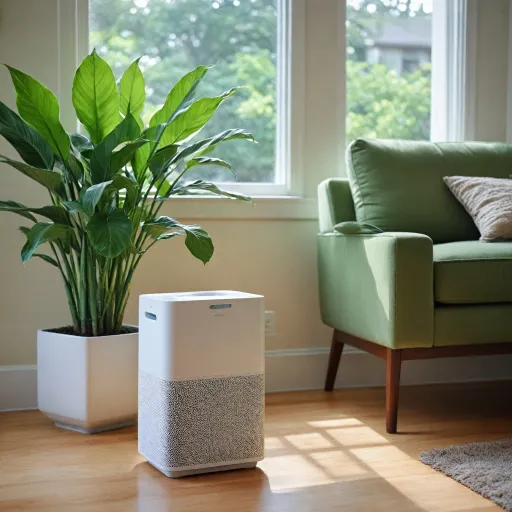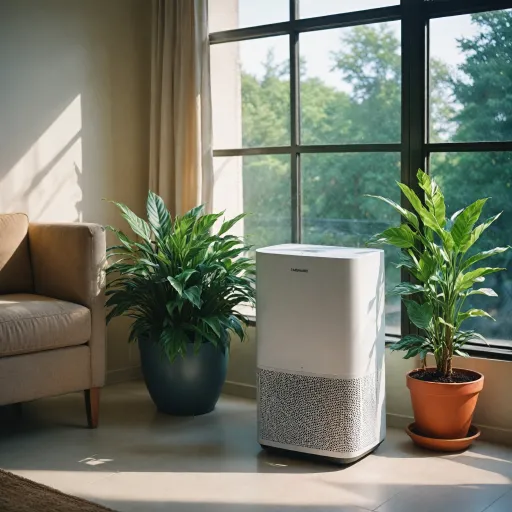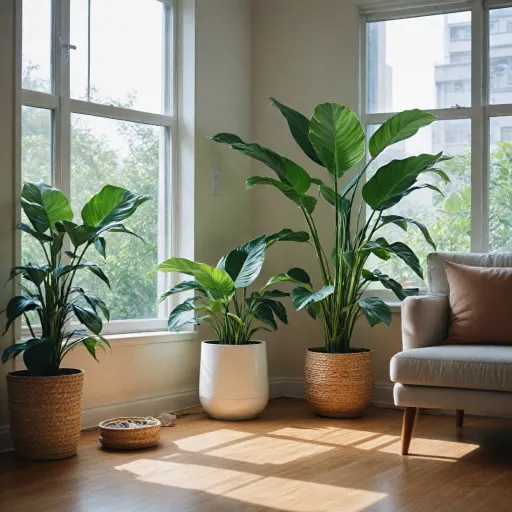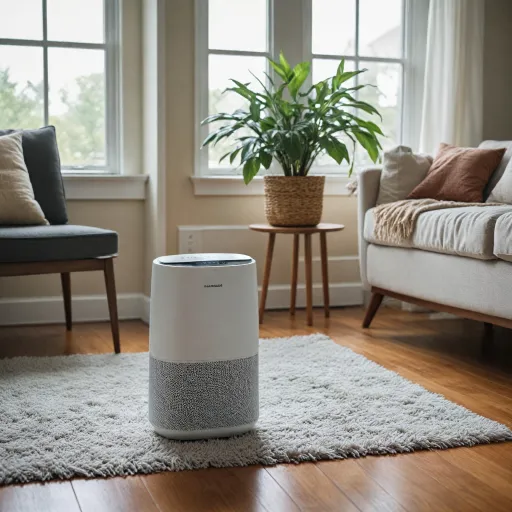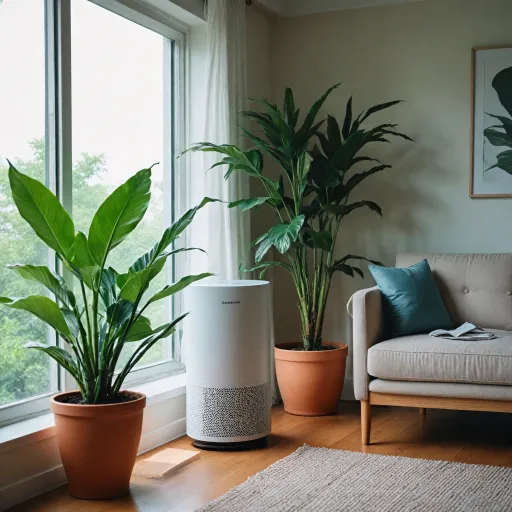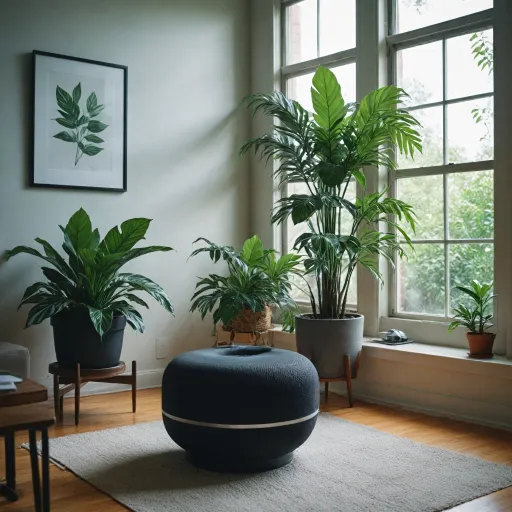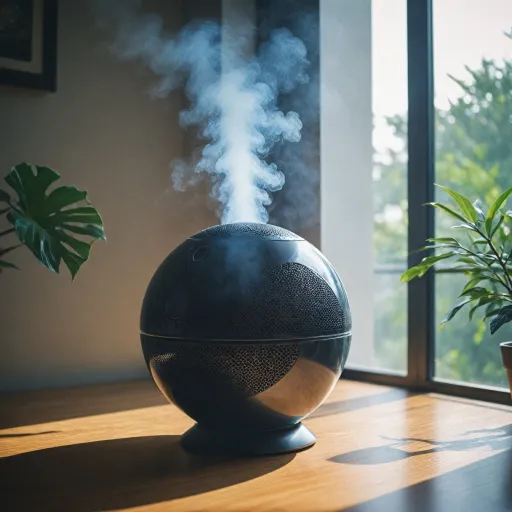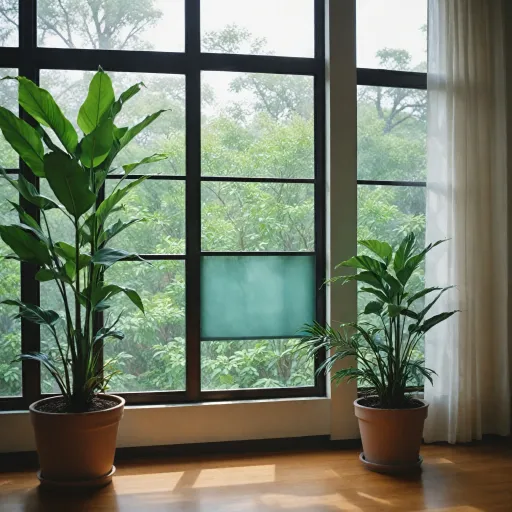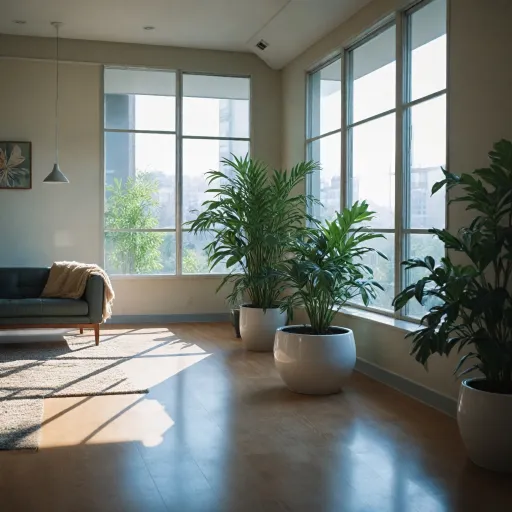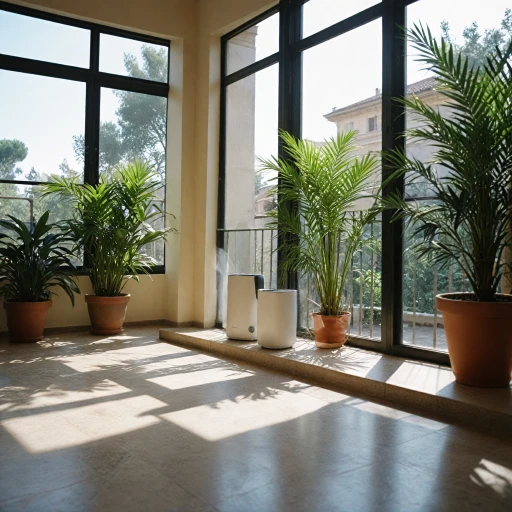
How UV-C Technology Works
Delving into UV-C Technology
UV-C technology is a fascinating advancement in the world of air purification, offering a unique approach to improving air quality in various living spaces. At its core, UV-C light is a type of ultraviolet light that falls within the 100-280 nanometer range, making it effective in disrupting the DNA and RNA of airborne germs, including viruses like SARS-CoV. This disruption prevents these microorganisms from replicating, effectively neutralizing them.
Unlike traditional air purifiers that rely heavily on HEPA filters to capture airborne particles, UV-C air sanitizers use light to target and reduce airborne pathogens. This method is particularly beneficial in spaces where cleaner air is essential, such as hospitals or homes with individuals who have compromised immune systems. The UV-C bulb is the heart of the system, and its effectiveness has been tested against various pathogens, including staphylococcus and mold spores.
While UV-C technology is powerful, it is often used in conjunction with other filtration methods, such as true HEPA filters, to ensure comprehensive air purification. This combination allows for the capture of larger particles while the UV-C light handles the microscopic threats. As you explore the benefits of UV-C air sanitizers, it's crucial to consider how they compare with traditional air purifiers and how they can be integrated into your space for optimal air quality. For a deeper understanding of how UV-C air purifiers work, you can explore this detailed guide.
Benefits of Using UV-C Air Sanitizers
Why Choose UV-C Over Other Options
The surge in popularity of UV-C air sanitizers stems from their impressive ability to enhance air quality by effectively reducing airborne pathogens. UV-C light, a form of ultraviolet light, is instrumental in neutralizing airborne germs, including bacteria and viruses such as SARS-CoV and tested staphylococcus strains. Unlike traditional air purifiers, which primarily rely on filters, UV-C sanitizers use light to disinfect, thereby capturing airborne dangers that filters might miss.Advantages in Diverse Settings
UV-C air sanitizers are particularly ideal for extra large spaces and rooms that demand a higher level of air cleanliness. Designed to operate in larger living spaces and commercial environments, they ensure cleaner air without the challenge of replacing bulky filters. While traditional purifiers like those with true HEPA filters excel in capturing particles such as mold spores and dust, UV-C sanitizers add a crucial layer by reducing airborne microbes effectively.- Reduces airborne germs: UV-C sanitizers use purifier light technology to kill or inactivate microbes.
- Doesn't rely solely on filters: Unlike air purifiers that primarily trap particles, UV-C lacks the dependency on a replaceable air filter.
- Helps maintain air quality in high-traffic spaces: In environments with large amounts of transient airborne contaminants, UV-C proves invaluable.
- Minimizes dependence on ozone-producing methods: Safe for regular usage without the risk of ozone emissions that some purifiers generate.
A Holistic Air Purification Solution
While UV-C technology addresses unique aspects of air sanitation, coupling it with traditional units ensures even small, persistent particles are caught. When choosing a UV-C air sanitizer, consider the room size and any specific airborne challenges you face. Opt for models with an auto mode that adjust according to air quality, maximizing efficiency. By understanding both the strengths aligned with UV-C technology and its usage in various scenarios, you'll better navigate choosing the right purifier for achieving peak air quality results in your spaces.Comparing UV-C Air Sanitizers with Traditional Air Purifiers
Traditional vs. UV-C Air Sanitization: A Different Approach
When considering your options for maintaining high air quality in your room, it’s important to understand the difference between traditional air purifiers and those that utilize UV-C light technology. This knowledge will help you make an informed decision on which air purification method is most suitable for your living spaces. Traditional air purifiers generally rely on a combination of filters, including HEPA filters, to clean the air. These filters are designed to capture airborne particles such as mold spores, pet dander, and dust, effectively reducing airborne pollutants in the room. The true HEPA filter, in particular, can capture 99.97% of particles as small as 0.3 microns, ensuring cleaner air in your home Understanding the Benefits of the HEPA 500 Air Scrubber. On the other hand, UV-C air sanitizers function by emitting ultra violet light that can kill or deactivate germs, viruses, and bacteria. This includes common pathogens like staphylococcus and even viruses such as SARS-CoV-2. UV-C light purifiers are particularly effective in spaces where airborne germs are a concern, as the light specifically targets the DNA of these microorganisms. However, UV-C air sanitizers typically do not filter out particulates the way a traditional air purifier with a HEPA filter does. Therefore, some consumers may prefer a combination approach, utilizing a UV-C air sanitizer alongside a traditional air purifier to maximize both air cleanliness and safety. Both systems have their pros and cons, but your ideal choice will depend on the specific needs of your living spaces. Whether you prioritize reducing the number of airborne germs, keeping mold spores at bay, or simply achieving the ultimate air quality, understanding these differences can guide you in selecting the best solution for your home.Choosing the Right UV-C Air Sanitizer for Your Space
Guidelines for Selecting an Effective UV-C Air Sanitizer
When it comes to choosing a UV-C air sanitizer for your home or workspace, considering specific factors can ensure optimal performance and cleaner air. Different models and designs cater to various needs, whether you’re focusing on small rooms or extra-large living spaces.- Room Size and Capacity: Determine the square footage of your room to select a purifier that matches the capacity. UV-C air sanitizers range from models suitable for compact spaces to those intended for larger environments. Ensure the unit will efficiently cover the air volume of your designated area.
- Additional Filtration Systems: While UV-C technology actively kills airborne germs, such as staphylococcus and mold spores, incorporating a true HEPA filter can enhance air quality by capturing airborne particles that the UV light may miss. The combination of HEPA and UV-C technologies results in a thorough purification process.
- Safety Features: Look for models tested for safety, especially concerning the UV-C bulb's effectiveness in eliminating germs without producing harmful ozone. Opt for units with automatic features, like auto mode, which adjust the operation based on the air quality detected.
- Maintenance Requirements: Acknowledge the ease of maintaining the sanitizer. Models with easily replaceable bulbs or filters will simplify the upkeep and ensure the purifier remains effective over time.
